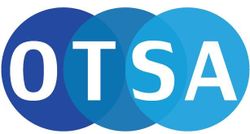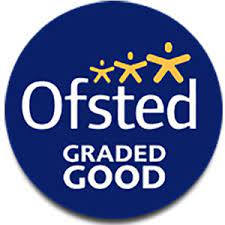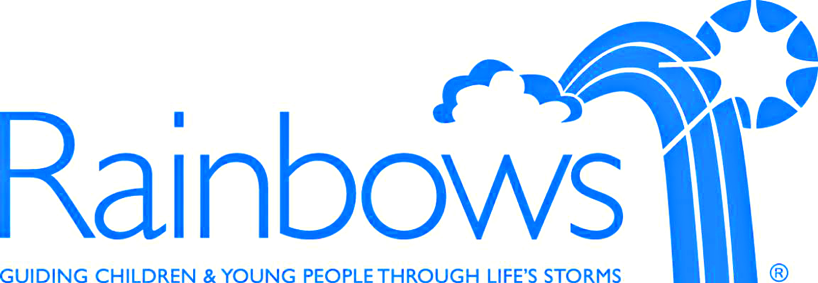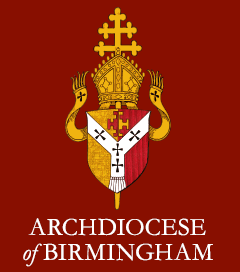Languages
Intent
Why do we teach this?
At Our Lady’s we believe that every child must have the opportunity to learn another language that is relevant to the modern world. It is our intention to develop children to speak competently in Italian as this particular language has links with our distinct Salesian identity – St John Bosco was born in Italy and founded the Salesians in Becchi, Italy.
Why do we teach it in the way that we do?
We inspire our children to form a love of the Italian language and understand the links between our school and Italy. It is our intention that children will learn:
- To become aware that language has structure and that this can differ between languages
- To develop speaking and listening skills to communicate in another language.
- To develop an understanding of Italian culture, history and traditions.
Implementation
How do we implement our vision in our school?
We teach the aims of the National Curriculum (2014) which provides a broad framework and outlines the knowledge and skills taught in Key Stage 2. We firmly believe that experiencing another language in Key Stage 1 is beneficial to children’s wider understanding of the world and the importance of communication.
What does it look like in our classrooms?
Italian is taught weekly in Key Stage 1 and Key Stage 2 using the following skills:
- Listening
- Speaking
- Reading
- Writing
- Grammar
The focus of language lessons is to learn new vocabulary and lessons are as practical as possible.
Impact
Our children enjoy learning to speak, read and write in Italian and are confident to explain the important links between our Salesian identity and the country of Italy. All children make good progress from their starting points and have acquired the knowledge and skills of language structures to build on in the next stage of their education.
How do we monitor and review the impact of languages at our school?
The languages subject leader uses the following lines of enquiry to assess the impact of the languages curriculum:
- Languages assessment data on Target Tracker (Years 1-6).
- Evidence of the profile of languages around our school.
- Evidence of Italian literature in the library.
- Discussions with pupils and evaluations of their ability to speak, read and write in Italian.
- Discussions with teachers.
- Learning behaviour in the classrooms.
- Culture of languages across the school.
- Opportunities for extra-curricular activities in Italian and other languages.







